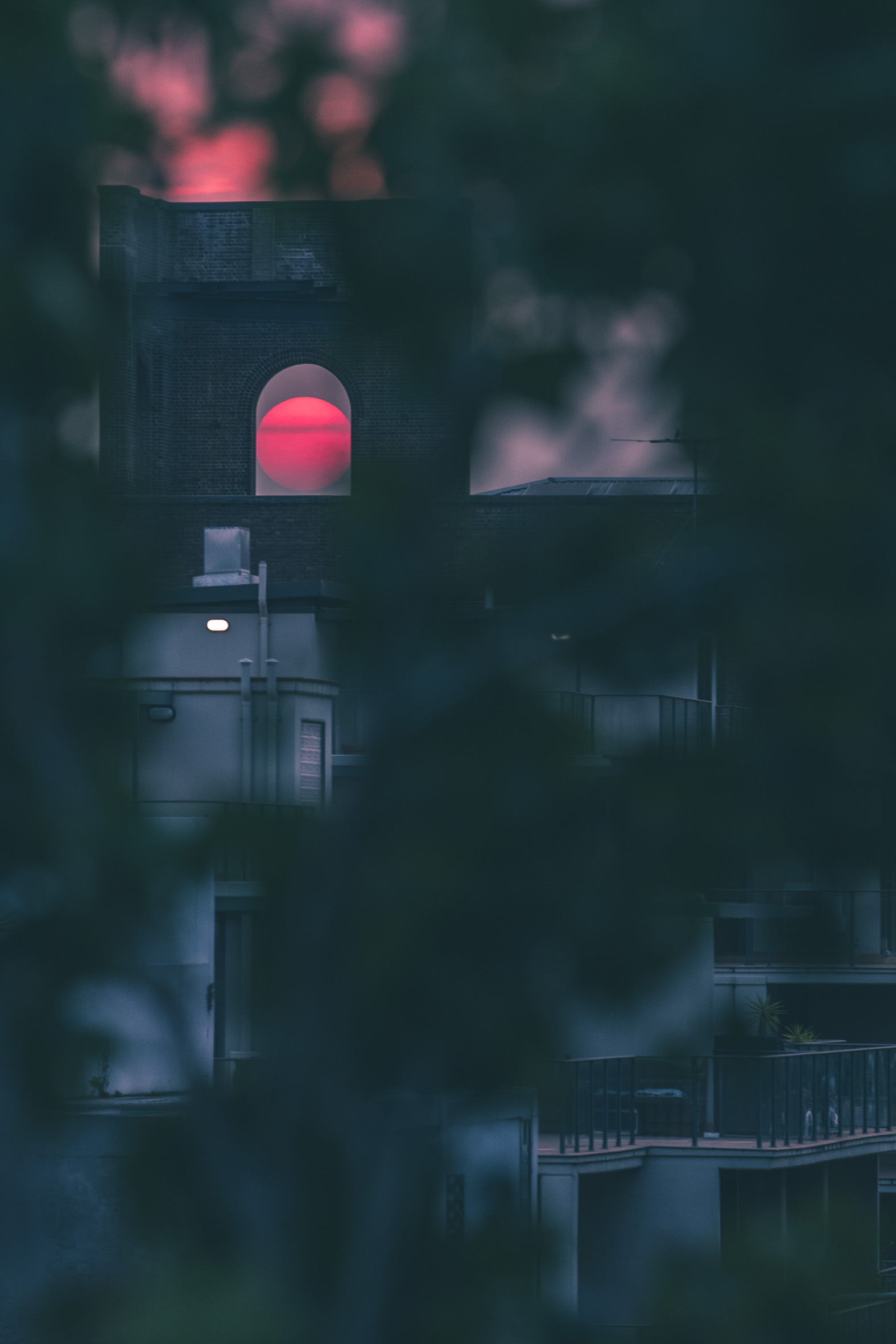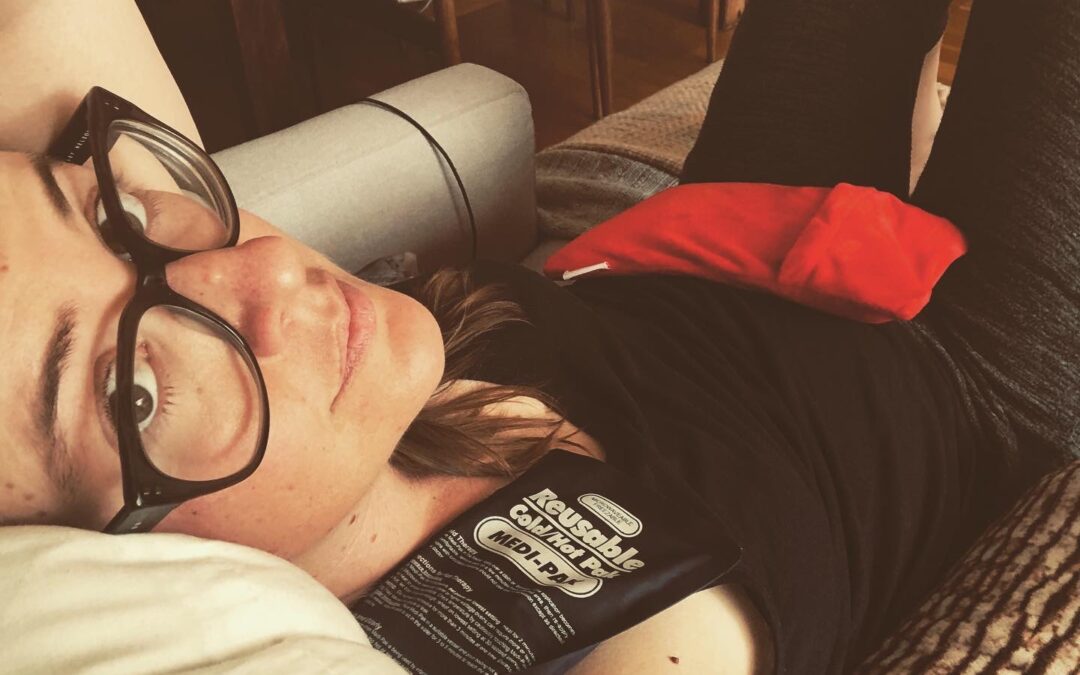This is Rachel’s personal account of her struggle with endometriosis. Any medication should be discussed with your endometriosis specialist and pharmacist.
A new year often brings reflection. For some, it is a time for resolutions, eager promises to oneself about how things will be different, better. For others, it is a time for reflection. For some, the date means nothing.
For me, when January rolled around, I found myself grateful. I was grateful for my friends, my family, my partner, and my oestrogen. I was particularly grateful for that.
I spent a large portion of 2019 and the start of 2020, on the Luteinising hormone-releasing hormone agonist medication. This medication is sold in Australia under many different names. It suppresses the production of sex hormones and often used in the treatment of breast or prostate cancer.
In my case, it was used as a treatment for recurrent and severe endometriosis. I had a monthly or three-monthly implant injected into my lower abdomen for a total of 13 consecutive months.
The injection itself was painful and unpleasant. The side-effects of the medication were worse. I persisted in the hope that this treatment would help in the long-term.
(Spoiler alert, it is difficult to tell if it has because during this time I’ve also had more excision surgeries but overall my outcome has been positive.)
The intended consequence of the drug was that it put me into a form of chemical menopause. I stopped producing any oestrogen for over a year. It worked in that my period tracker app has a comical 421-day cycle during this time.
Before agreeing to take the medication I did the customary google search. This. Was. Terrifying.
There were horror stories from many people who had tried this medication and hated it and countless links to a similar drugs (which contains different active ingredients but is used for the same purposes). There are many lawsuits and class actions regarding this other drug with horrifying stories from people around the world.
At the time I tried to find out everything there was to know about the medication my specialist was suggesting trying not to ignore any links to other similar drugs, whilst also keeping an open mind and seeking out credible information.
I sought advice from multiple doctors and specialists, I spoke with friends who had been prescribed the medication for breast cancer and tried to make as much as an informed decision as possible.
In the end, I chose to try it. At the time my quality of life was less than average and my daily pain had been steadily increasing after my first surgery. I figured why not give this a go. My specialist injected me with my first one month implant during my second surgery, and I continued with this treatment during my recovery and a month after my third surgery at the start of 2020.
What was it like for me?

I’m loath to provide a blow by blow account of a medication, particularly one as controversial as this, given that I wholeheartedly believe people should and must find what works for them. However, for me, it did help to read other people’s experiences when I was making my own decision, so here goes.
In some ways, it was the hardest year of my life – symptoms wise. Although the endo pain which had begun to be a daily occurrence, had ceased, the other symptoms were at times all-encompassing.
I had hot flushes continuously. Often I was unable to sleep through the night or fall asleep as my temperature felt like it was on steroids.
My skin crawled continuously.
I was exhausted and often my heart would race uncontrollably.
My muscles ached as if I were about to get the flu. Every part of my body hurt – not drastically like the way an endo flare might feel, but a dull ache everywhere that took its toll.
I had a mild headache for about 6 months and felt a bit nauseous every day.
One of the hardest symptoms was the mental roller coaster the drug seemed to induce in me. One minute I would be sitting on the balcony enjoying the view, the next I would feel as though I was being personally attacked (often if my partner had dared to ask me what I had done that day, or how I was feeling). At that point, it would take all my energy not to scream or respond in an extreme and unnecessary manner.
Never before had I realised how much I needed my hormones. There were many days and nights I feared that my lack of one was making me crazy.
Why continue?
It was a question I asked myself often during that year.
I continued for several reasons.
First and perhaps most importantly, the treatment seemed to be helping my pain. My endometriosis pain was better than it ever had been, and on some months non-existent. This was a big one for me. Even when I decided to have another surgery to untether an ovary that was becoming problematic and remove yet more endo during this time, I felt that the treatment was at least dulling some of the pain.
Despite all the turmoil I managed to find some ways of coping. I would have a cold shower before bed and purchased some delightfully soft and cool bamboo sleepwear. I also racked up a high air-conditioning bill.
Whenever I noticed a particularly irrational or unnecessary reaction, or if someone was brave enough to point one out to me, I would go for a walk and try to clear my head. I would speak with someone (often my sister) who understood how I was feeling, she would let me vent and then gently and patiently point out that perhaps being asked how my day was, wasn’t, in fact, a cause for me smashing glassware or asking for a divorce.
Over time I started to take better care of myself and rest. On some days there was nothing else for it, but I learned to accept that sometimes that was all I could do and that was ok.
Still, I look back on that year or so now and wonder how I managed it. I had two surgeries during that time so the chemical menopause was combined with bowel preparation, hospital stays and the endurance sport of recovery.
It is important to note that no treatment or medication comes risk-free. One of the big risks with this one, and one that was discussed at length with my doctors, is that in some cases the treatment can prevent your natural cycle returning. It is an extreme form of treatment, not one to enter into lightly.
I remember getting my first period after a 421 day hiatus and sitting on the toilet crying. I was simultaneously happy and unbelievably frightened of what was about to occur.
The first few cycles were horrendous and during those months I convinced myself that all my efforts, everything I had endured, had been for vain. But slowly over some time, things have improved. I’m relatively drug-free, my estrogen is back, and for that I am grateful. I’m unsure whether or not my endo is recurring, but for now, I am managing it.
I write this with a form of happy hindsight. For me, the treatment and my year or so without estrogen was (along with every other thing I did) worth it.
For anyone deciding on if this treatment could be for you, please speak to trusted medical professionals and seek lots of opinions. Ask every question you have and then more. I won’t sugar coat anything, it’s awful and it may not work for everyone, but I hope that sharing my story may go some way to helping you on your way to a decision that works for you.
With love
Rach
XX
Photography by Cole Bennetts
Written by,
Rachel Burke

